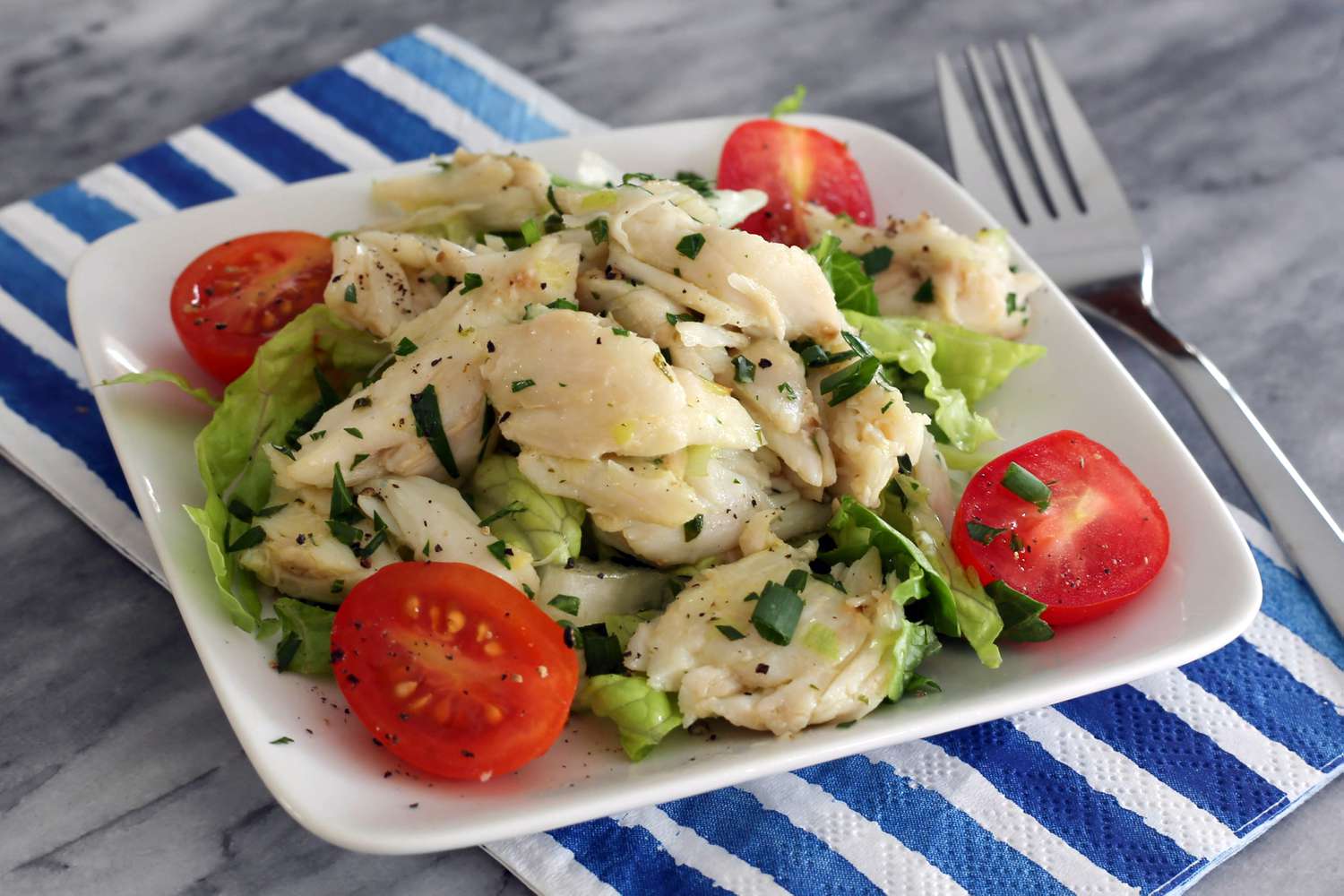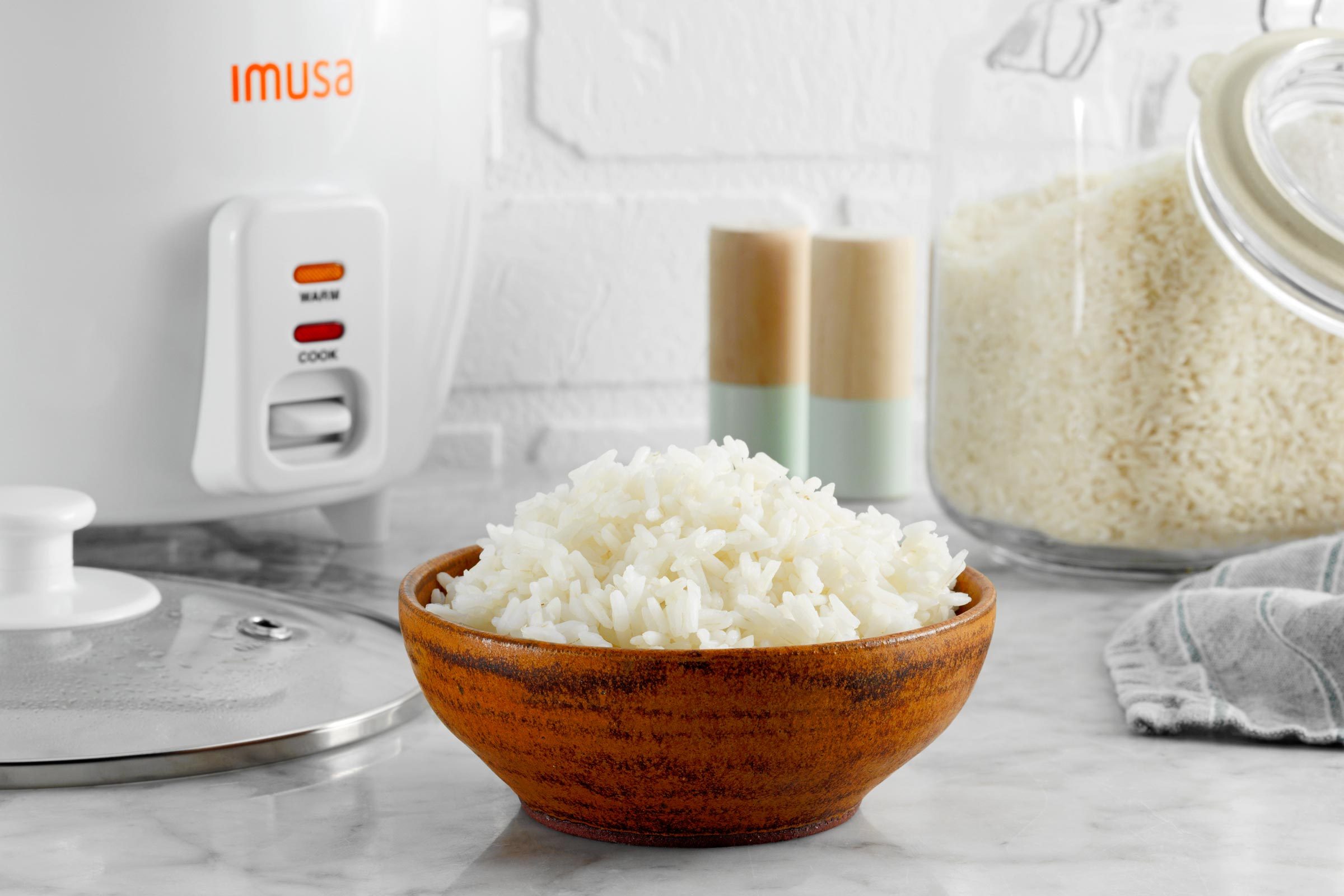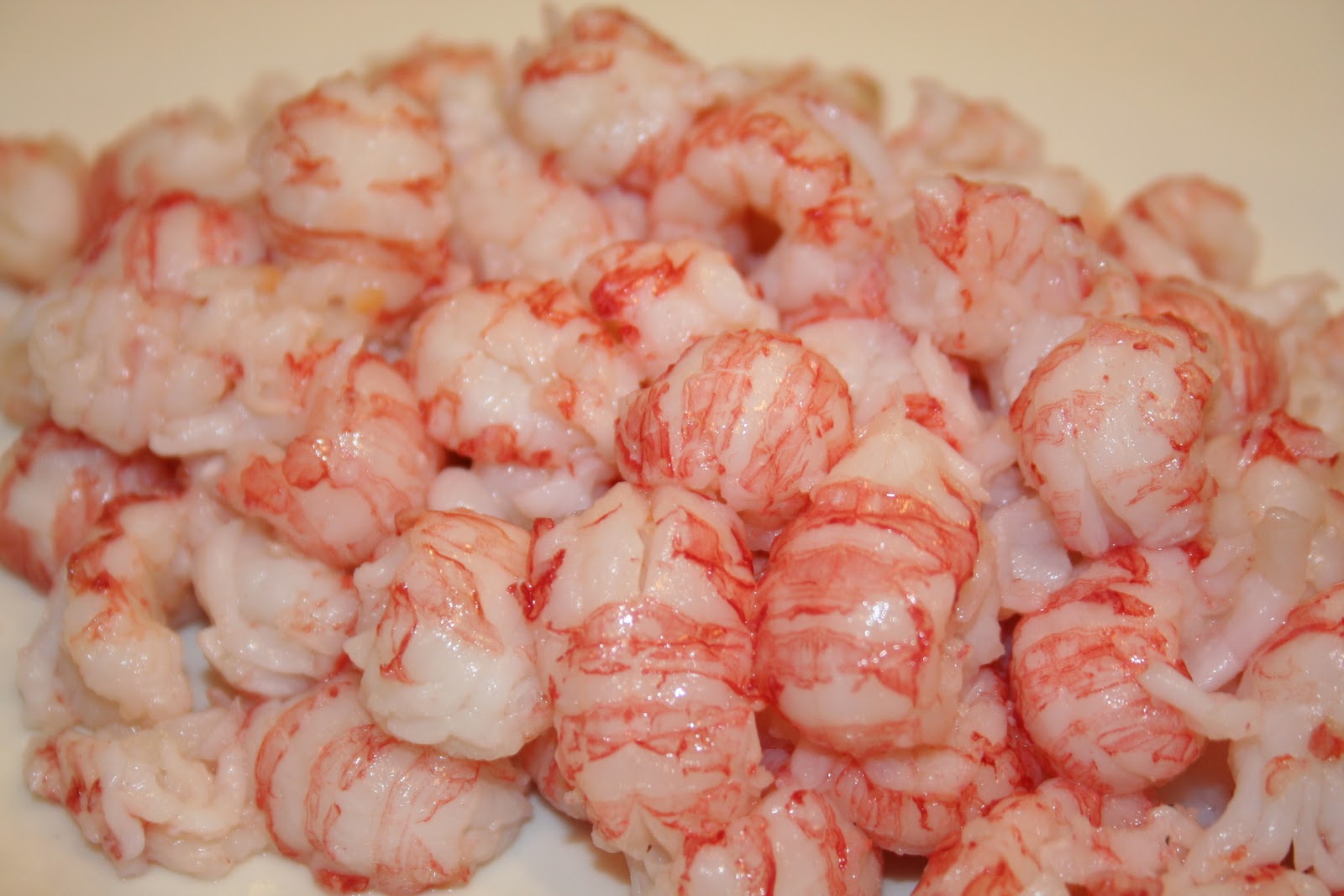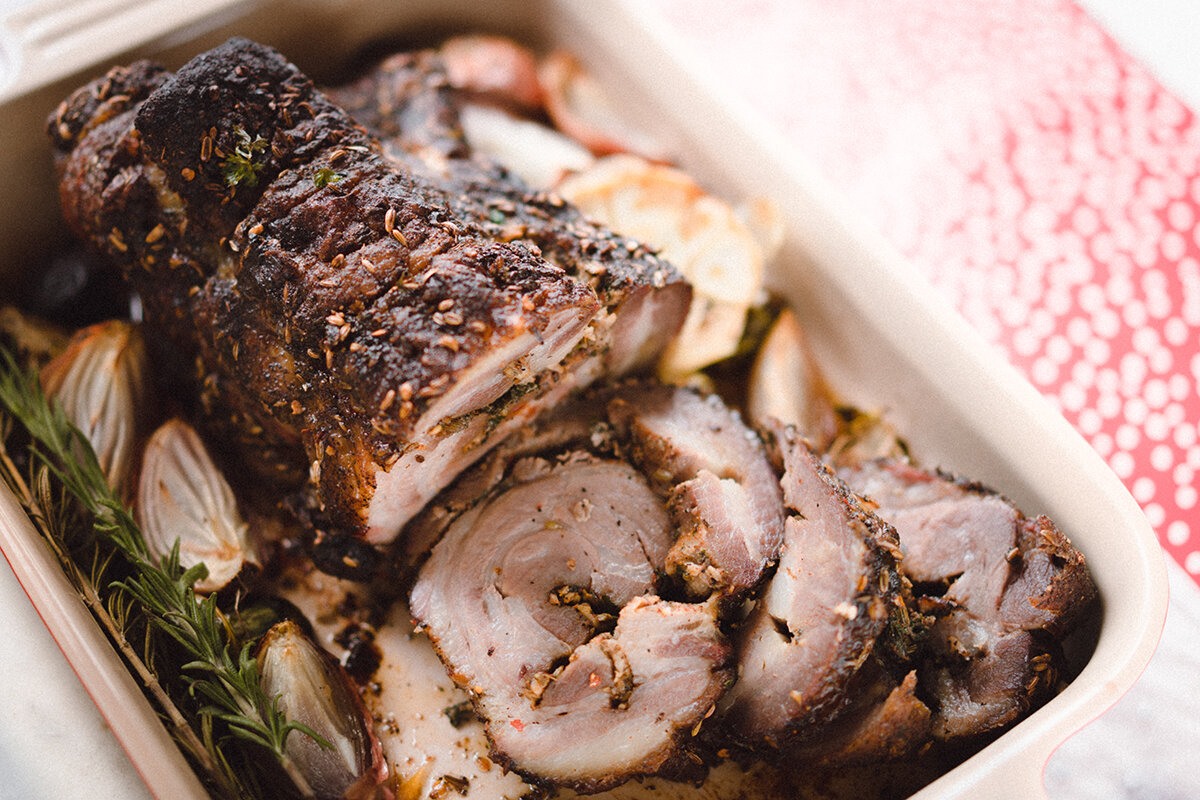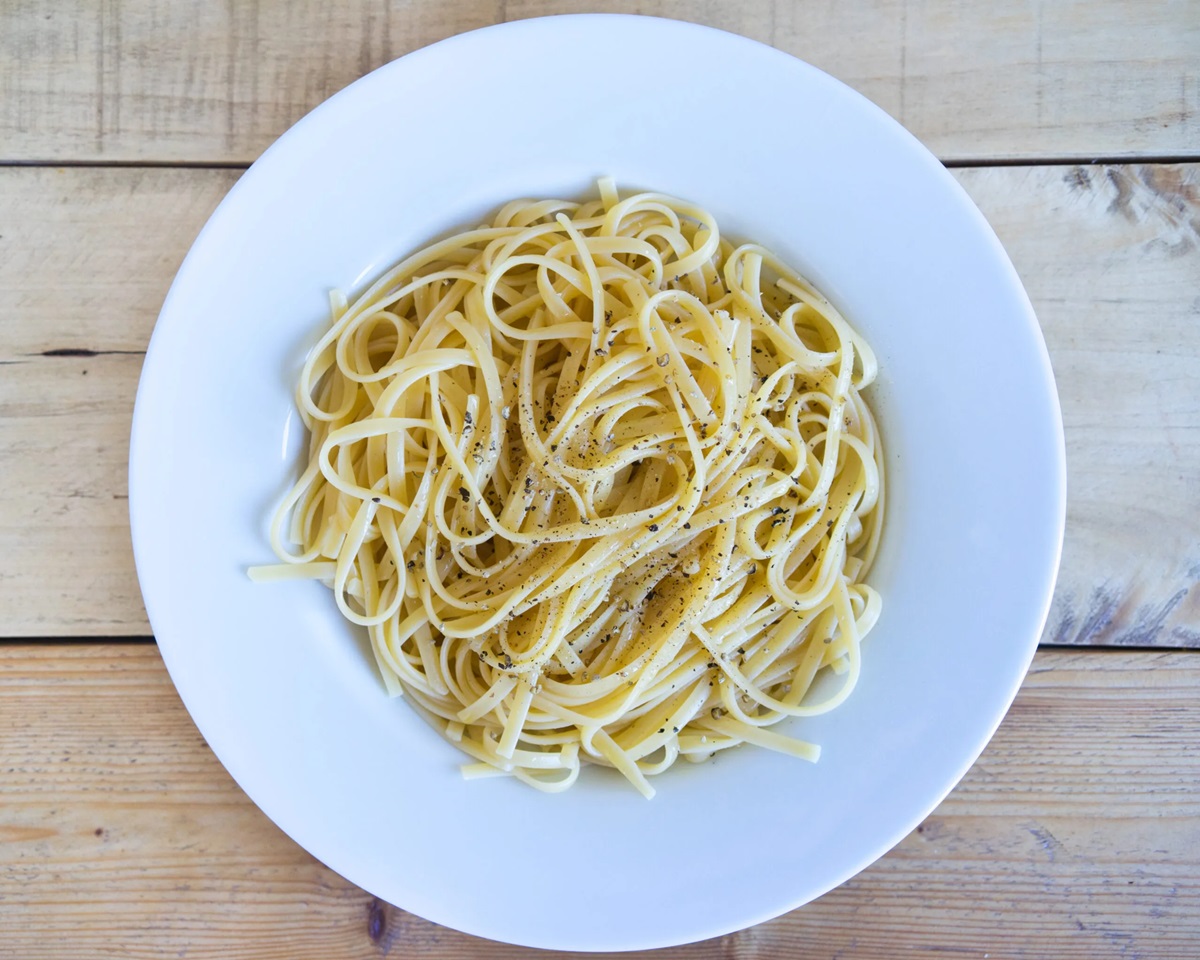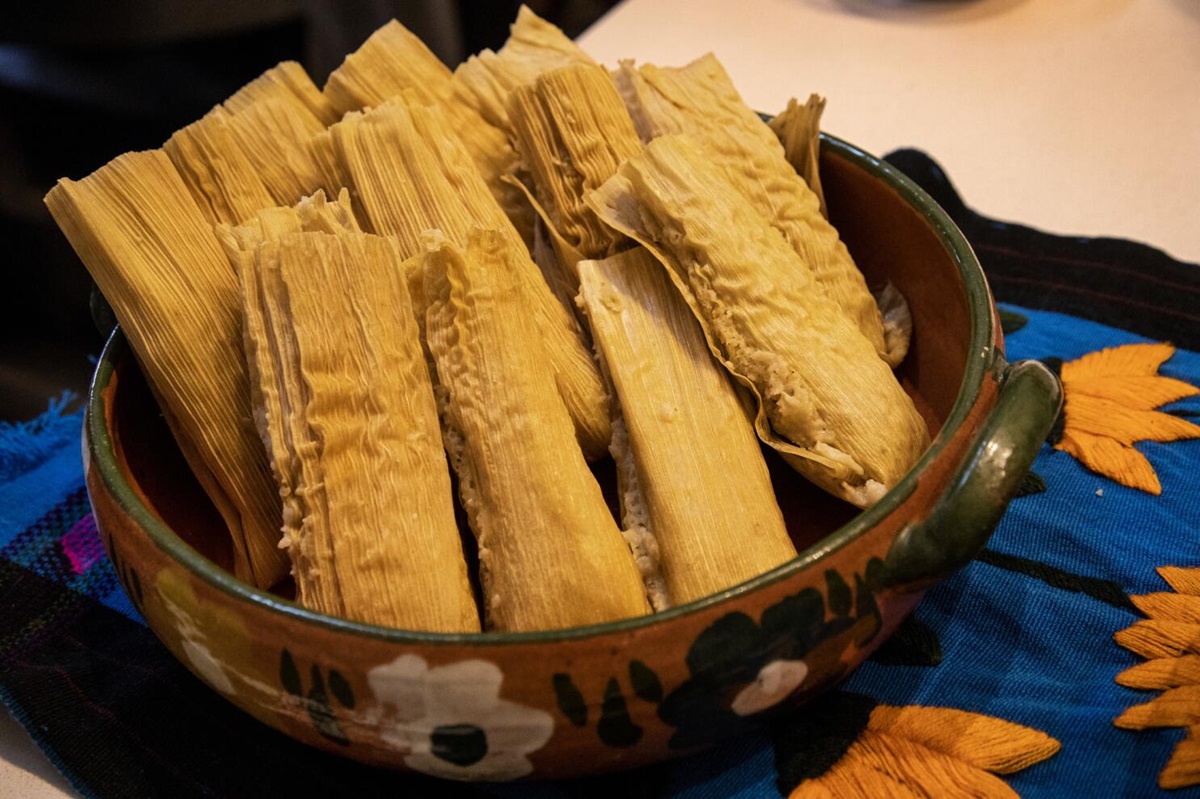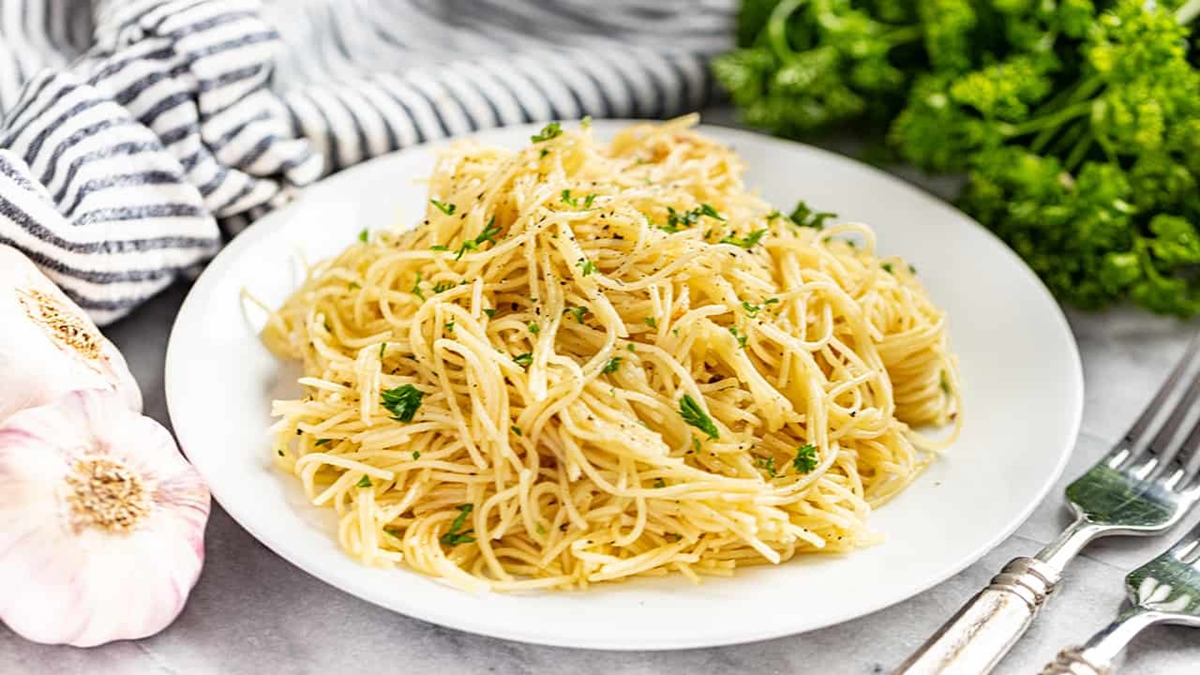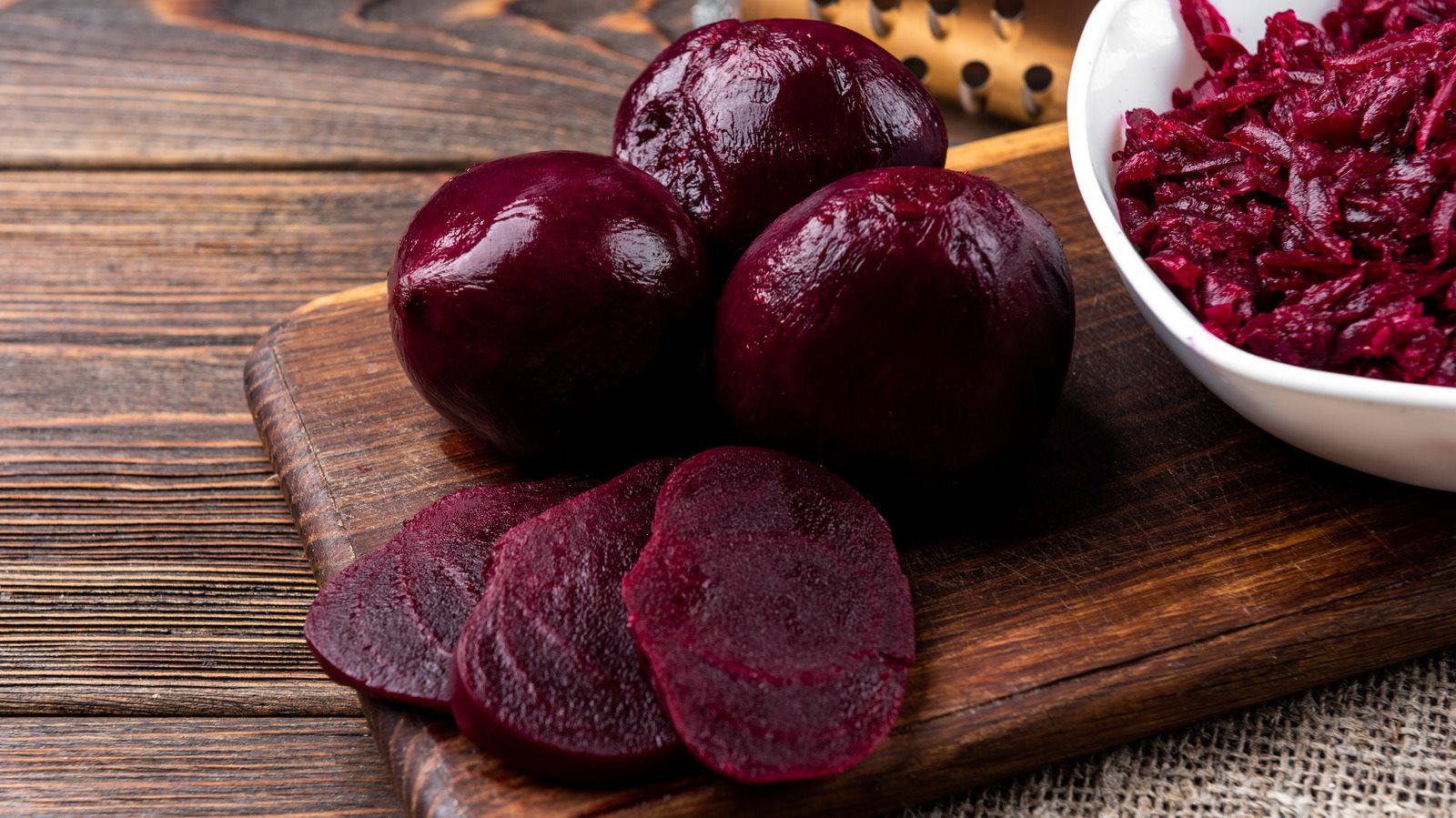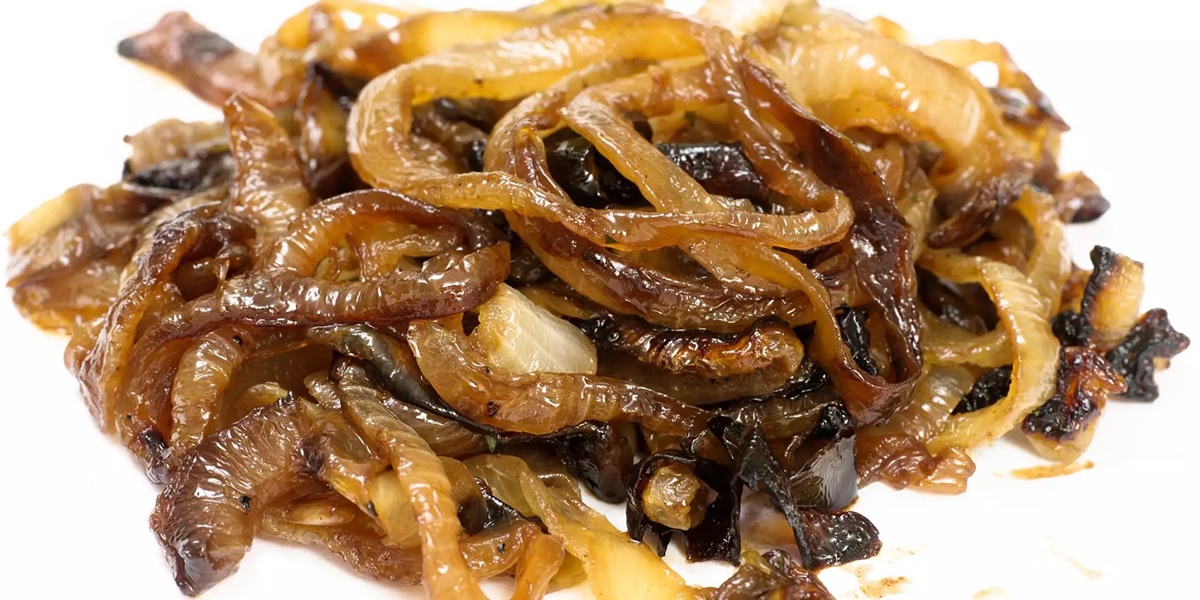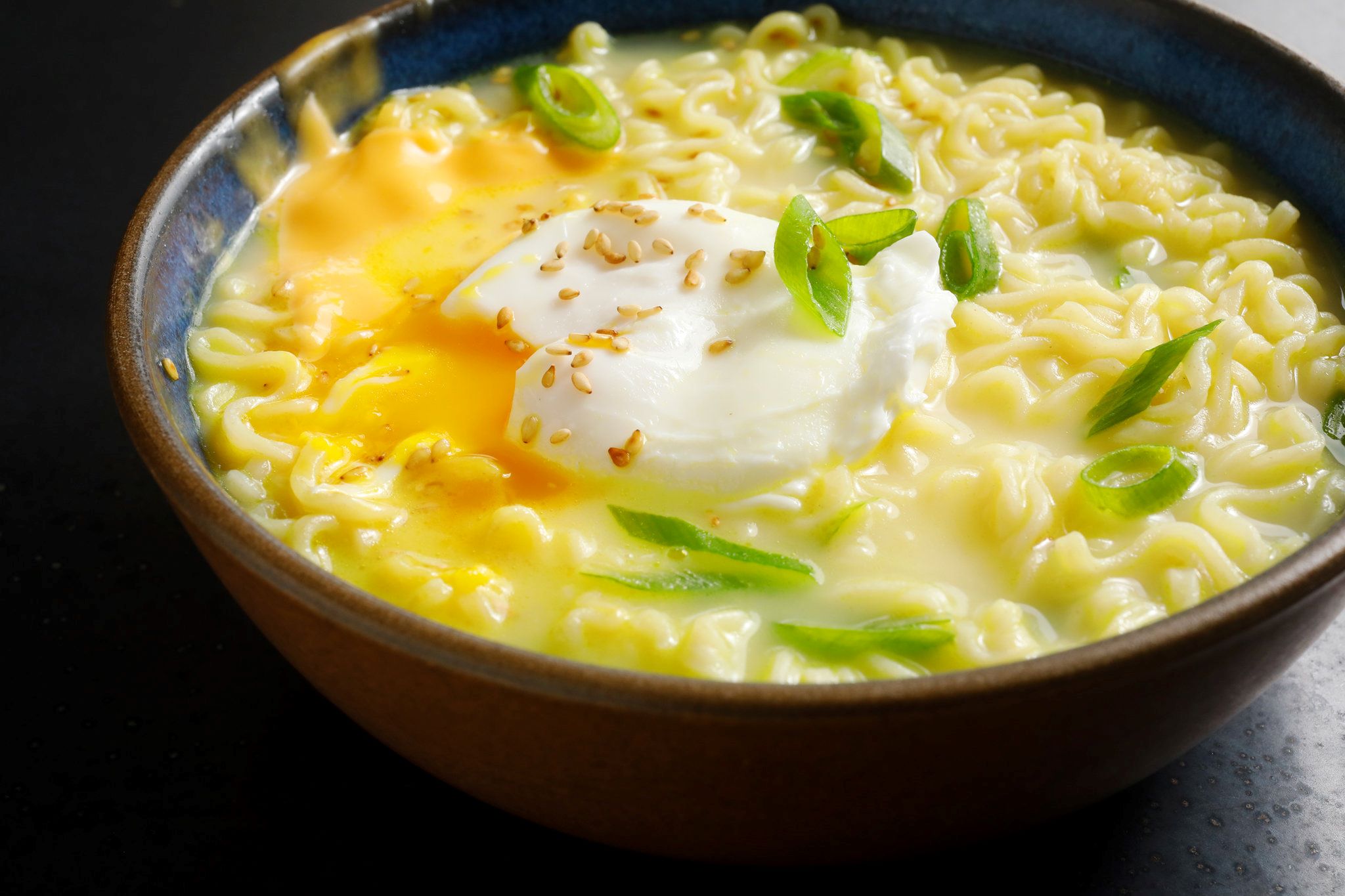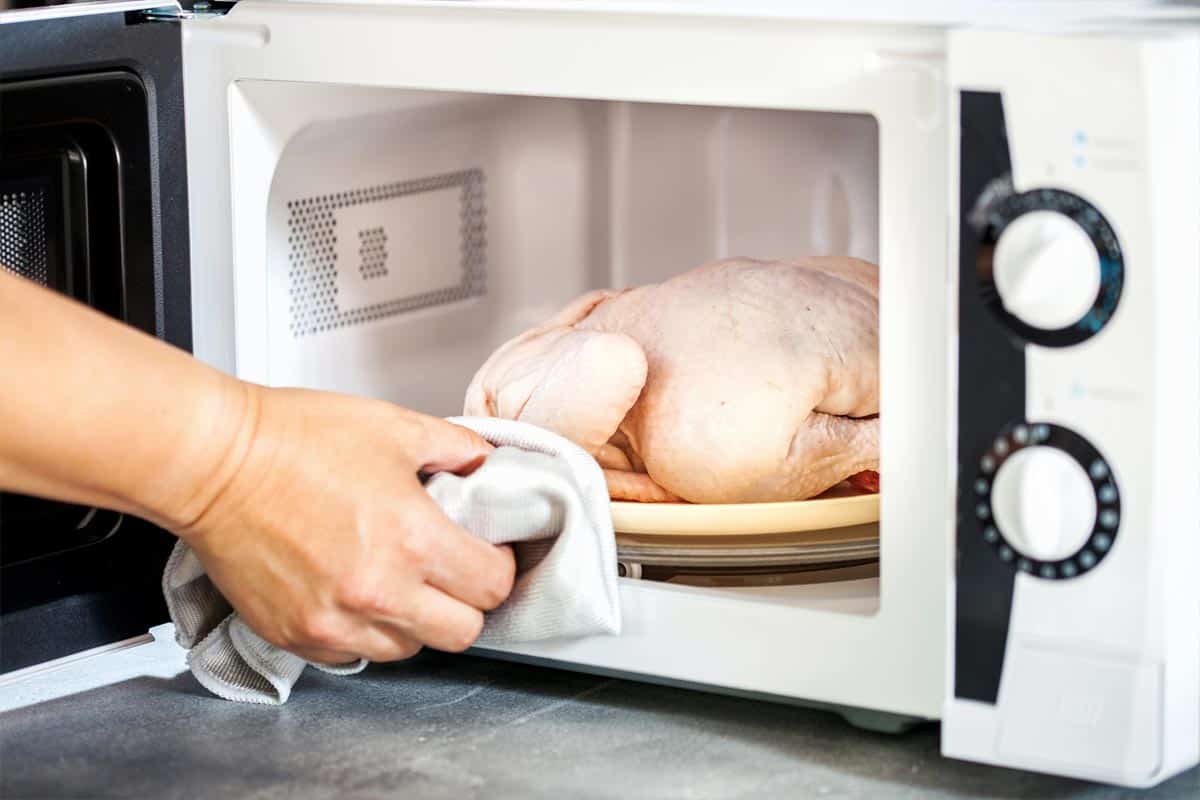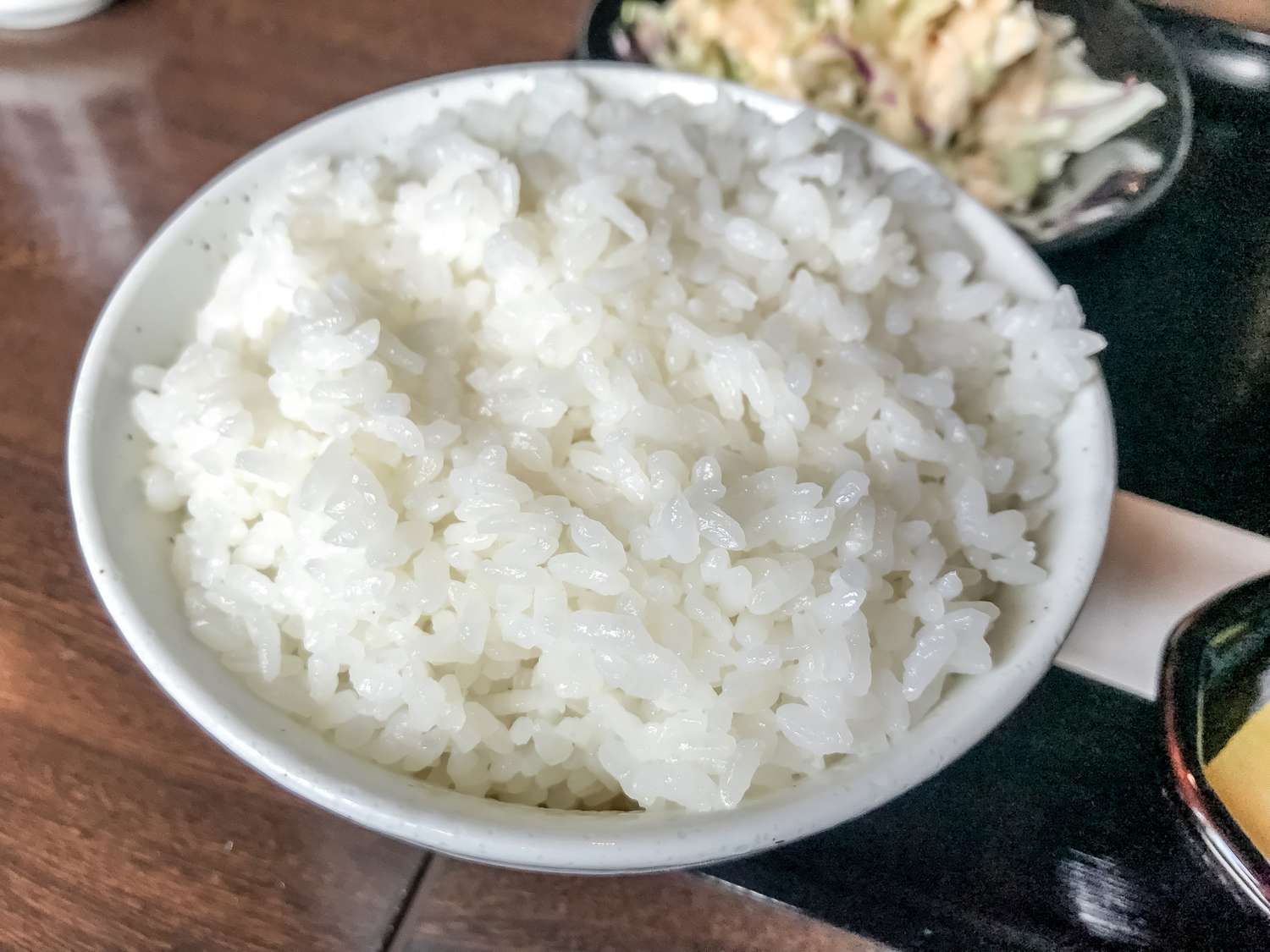How to Cook a Venison Neck Roast
Are you up for an adventurous culinary experience? Look no further than a venison neck roast. This underrated cut of meat can be tender, flavorful, and a true delight for any meat lover. In this guide, we will walk you through the process of cooking a delicious venison neck roast that will leave your taste buds begging for more.
What You’ll Need
Before diving into the cooking process, let’s gather the necessary ingredients and equipment:
- 1 venison neck roast (approximately 2-3 pounds)
- 2 tablespoons of olive oil
- Seasonings of your choice (salt, pepper, garlic powder, rosemary, thyme, etc.)
- 1 onion, chopped
- 2 carrots, sliced
- 2 celery stalks, chopped
- 4 cloves of garlic, minced
- 1 cup of beef or vegetable broth
- 1 cup of red wine (optional)
- Roasting pan
- Meat thermometer
The Cooking Process
Now that you have all your ingredients ready, let’s jump into the steps of cooking your venison neck roast:
- Preheat your oven to 325°F (165°C).
- Season the venison neck roast generously with your chosen seasonings. Make sure to rub them into the meat thoroughly.
- Heat olive oil in a roasting pan over medium-high heat. Once the oil is hot, sear the neck roast on all sides until it develops a nice brown crust. This step helps seal in the juices and enhances the flavor.
- Remove the roast from the pan and set it aside momentarily. Add the chopped onion, carrots, celery, and minced garlic to the pan. Sauté them until they begin to soften.
- Deglaze the pan by pouring in the red wine or broth, stirring to scrape up any browned bits from the bottom. This will add richness and depth to the gravy.
- Return the neck roast to the pan and pour in the beef or vegetable broth. The liquid should come up about a third of the way up the roast.
- Cover the roasting pan with a lid or tightly wrap it with foil.
- Place the pan in the preheated oven and let the roast cook for approximately 2 to 3 hours, or until the internal temperature reaches 160°F (71°C) for medium-rare or 165°F (74°C) for medium doneness.
- Once cooked, remove the roast from the oven and let it rest for 10-15 minutes. This allows the juices to redistribute, resulting in a more tender and juicy roast.
- Carve the venison neck roast against the grain into thick slices.
- Serve the roast with the delicious pan juices and the sautéed vegetables.
Enjoy your beautifully cooked venison neck roast with your favorite sides and relish in the earthy flavors and succulent texture that this unique cut offers.
Tips and Variations
Here are a few tips and variations to enhance your venison neck roast cooking experience:
- If you prefer a crispy exterior on your roast, you can remove the lid or foil during the last 15-30 minutes of cooking.
- Feel free to experiment with different herbs and spices. Venison pairs well with flavors like juniper berries, thyme, and sage.
- For added tenderness, you can marinate the venison neck roast overnight in your favorite marinade.
- If you’re not a fan of wine, you can replace it with additional broth or even apple cider for a touch of sweetness.
- Leftover venison neck roast makes excellent sandwiches or can be used in stews and casseroles.
- Ensure your venison neck roast is properly thawed if it was previously frozen for the best results.
Now that you know the secrets to cooking a mouthwatering venison neck roast, it’s time to unleash your inner chef and impress your family and friends with this delectable and unique dish. Happy cooking!
For those looking to expand their culinary repertoire with the techniques from the venison neck roast guide, recipes like Braised Lamb Shank and Osso Buco offer similar slow-cooking methods that yield tender, flavorful meat. The Red Wine Braised Short Ribs and Braised Beef Brisket are excellent choices for those wanting to perfect their braising skills with beef. For a different protein, try the Slow Cooker Pulled Pork, which utilizes a low and slow approach much like the venison neck roast. If you're feeling adventurous, the Moroccan Lamb Tagine introduces exotic spices and a unique cooking style that complements the slow-cooked tenderness learned from the venison neck roast preparation.
